This picture shows the oil slick off the coast of Louisiana. NASA's Aqua satellite took the picture on April 25, 2010.
Click on image for full size
Image courtesy of NASA/MODIS.
Huge Oil Spill in Gulf of Mexico
A large oil drilling rig in the Gulf of Mexico caught fire and sank in April 2010. Eleven workers were killed and several others injured in the accident.
After the oil rig sank, a huge oil slick formed in the Gulf of Mexico near the delta of the Mississippi River. Clean-up crews haven't yet (as of April 28th) been able to close off the damaged oil well. Each day about 200,000 gallons of oil are leaking into the waters of the Gulf of Mexico. The oil slick has a size of about 600 square miles. It is less than 20 miles from the shore of Louisiana.
The Coast Guard set fire to a section of the oil slick to try to get rid of some of the oil. They may try to burn more of it. They hope to stop the oil from coming ashore at wildlife refuges along the coast of Louisiana and Mississippi.
You might also be interested in:
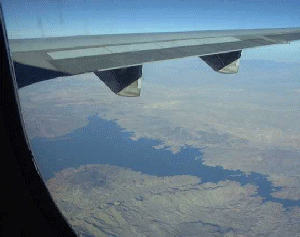
Rivers are very important to Earth because they are major forces that shape the landscape. Also, they provide transportation and water for drinking, washing and farming. Rivers can flow on land or underground
...more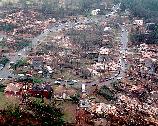
Several severe thunderstorms hit the U.S. over the weekend, wreaking havoc on the Midwestern and Southern states. Fourteen tornadoes hit Arkansas on Saturday, March 1, 1997, killing 24 people and injuring
...more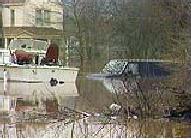
Several severe thunderstorms hit the U.S. over the weekend, wreaking havoc on the Midwestern and Southern states. Storms on Saturday, March 1, have killed at least 21 in Kentucky, Mississippi, Ohio, Tennessee,
...more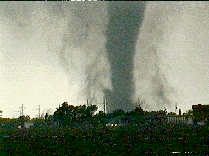
Twelve tornadoes hit Tennessee early Saturday morning, injuring at least 44 people. Two people were killed when six more tornadoes touched down in Kentucky. The tornadoes came from a broad band of severe
...more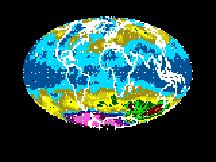
NASA's instrument Total Ozone Mapping Spectrometer (TOMS) aboard Japanese Advanced Earth Orbiting Satellite (ADEOS) has provided the most recent image showing the total ozone concentration. Ozone is a
...more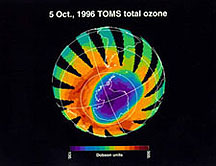
NASA's Total Ozone Mapping Spectrometer instruments (TOMS) aboard NASA Earth Probe satellite and Japanese Advanced Earth-Observing Satellite (ADEOS) have detected substantial depletion of ozone levels
...more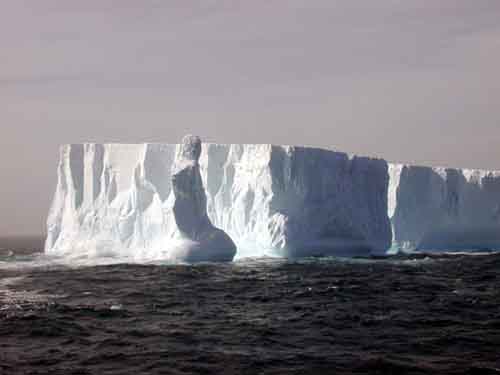
The 4th Assessment Report Summary for Policymakers of the Intergovernmental Panel on Climate Change (IPCC) is scheduled to be released on February 2, 2007 in Paris, France. The IPCC has been established
...more















